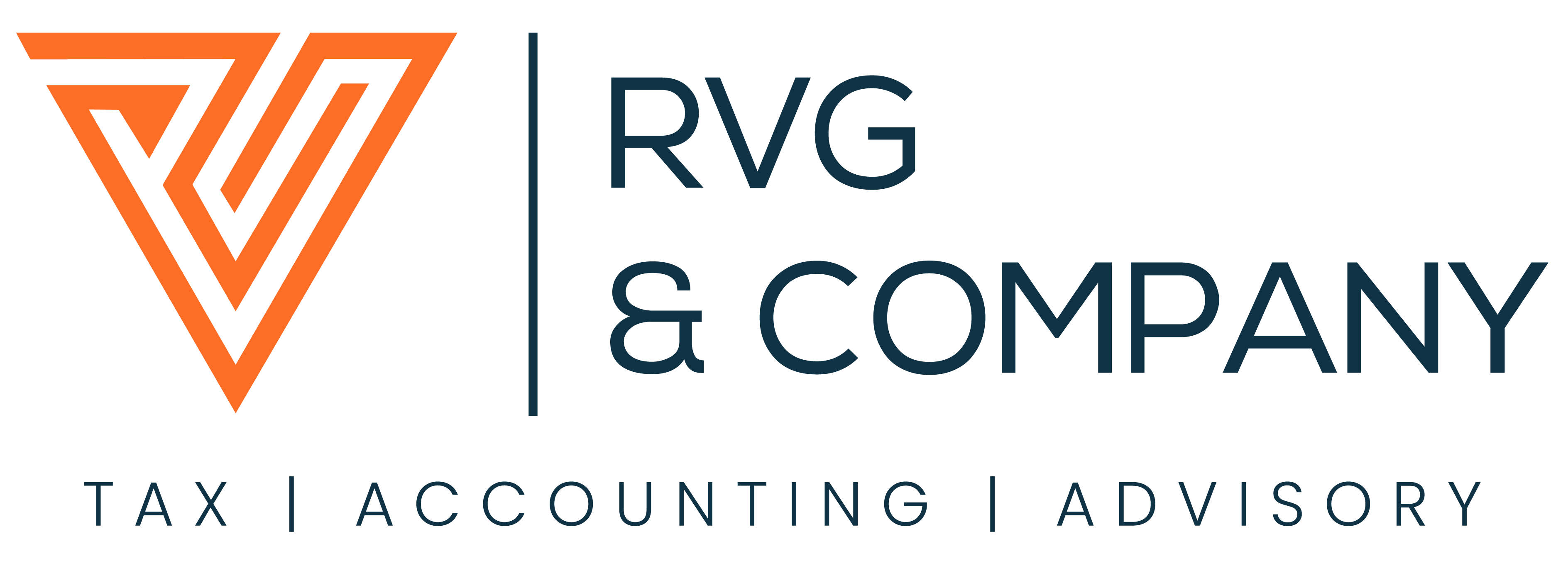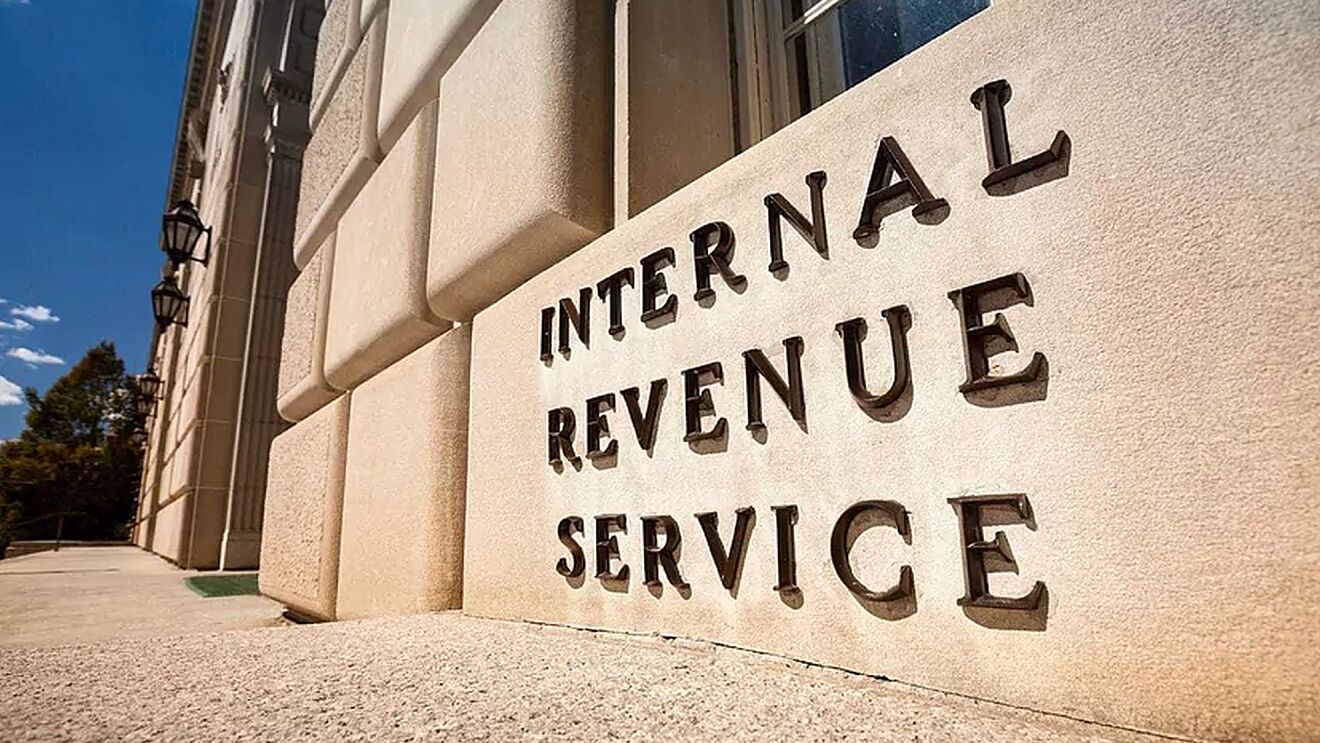The U.S. Treasury Department released the “Green Book”— which is an explanation of the tax proposals set out in President Biden’s Fiscal Year 2023 Budget. This article will summarize the significant proposals advanced by the Administration. Overall, this proposal contains many of the tax increases outlined in the President’s previous tax bill (Build Back Better) that did not have the support of Congress and was not approved in 2021.
I. Business and International Tax Reform
Corporate Tax Rate: Raise the corporate income tax rate from 21% to 28% The Increase would go into effect for taxable years beginning January 1, 2023.
Increase the Global Intangible Low-Taxed Income (GILTI): Increase the rate to 20%, applied on a jurisdiction-by-jurisdiction basis. The rate increase would be effective for years beginning after December 31, 2022.
Adopt the Undertaxed Profits Rule: The provision would apply to US and foreign corporations that operate on a multinational basis. This proposal would replace the Base Erosion Anti-Abuse Tax (BEAT) with the Under Taxed Profits Rule (UTPR). The BEAT currently applies to corporations that have three-year average gross receipts of $500 million and the UTPR to corporations that have annual gross receipts of $850 million in two of the prior 4 years.
US Jobs Credit: Provide tax incentives for locating jobs and business activities in the US and remove the tax deduction for shipping US jobs overseas. The proposal would create a new general business credit equal to 10 % of the eligible expenses paid or incurred in connection with onshoring a U.S. trade or business. Also, the proposal would disallow deductions for expenses paid or incurred in connection with offshoring a U.S. trade or business.
Reduce Partnership Basis Shifting: Prevent Basis shifting by related parties through partnerships. A partnership is permitted to make a section 754 election to adjust the basis of its property when it makes certain distributions of money or property to a partner. The proposal would reduce the ability of related parties to use a partnership to shift the partnership basis among themselves. The proposal would reduce the ability of related parties to use a partnership to shift the partnership basis among themselves.
PFIC: Revise Passive Foreign Investment Company rules to expand access to retroactive qualified electing fund elections.
II. Individual Income Tax Reform
Increase the Top Marginal Income Tax Rate: Currently, the top marginal tax rate is 37%. This rate applies to taxable income over $647,850 for married individuals filing a joint return and $323,925 for single filers and married individuals filing a separate return. The tax bracket thresholds are indexed for inflation. The proposal would increase the top marginal tax rate to 39.6 percent. The top rate would apply to taxable income over $450,000 for married individuals filing a joint return and $225,000 for unmarried individuals filing a separate return. This provision would go into effect on January 1, 2023.
Taxation of Capital Gains: Currently capital gains are taxed at 20% (plus 3.8% for the net investment income tax (NIIT) if certain income thresholds are met). The proposal would tax long-term capital gains and qualified dividends of taxpayers with taxable income of more than $1 million would be taxed at ordinary rates, with 37% generally being the highest rate (40.8 percent including the net investment income tax). The proposal would only apply to the extent that the taxpayer’s taxable income exceeds $1 million ($500,000 for married filing separately), indexed for inflation after 2023. As noted above, the ordinary rate increase that would be applied to capital gains would be 39.6% – plus the NIIT.
Treat Transfers of Appreciated Property by Gift or on Death as Realization Events: Under current law, a person who inherits an appreciated asset receives a stepped-up basis in that asset equal to the asset’s fair market value (FMV) at the time of the decedent’s death, an appreciation that had accrued during the decedent’s life is never subjected to income tax. Under the proposal, the donor or deceased owner of an appreciated asset would realize a capital gain at the time of the transfer. The amount of the gain taxed would be the excess of the asset’s FMV on the date of the gift or on the decedent’s date of death over the decedent’s basis in that asset. That gain would be taxable income to the decedent on the Federal gift or estate tax return or a separate capital gains return.
Impose a Minimum Tax on the Wealthiest Taxpayers: This proposal imposes an annual minimum tax of 20% on total income. Contrary to current law, total income would include unrealized capital gain for taxpayers with a wealth of $100 million. The provision would be effective for tax years beginning after December 31, 2022. Under the proposal, taxpayers could choose to pay the first year of minimum tax liability in nine equal, annual installments. For subsequent years, taxpayers could choose to pay the minimum tax imposed for those years (not including installment payments due in that year) in five equal, annual installments. Payments of the minimum tax would be treated as a prepayment available to be credited against subsequent taxes on realized capital gains to avoid taxing the same amount of gain more than once. Taxpayers that have illiquid assets, such as collectibles, will have additional rules apply.
Adoption Credit to be Refundable: The proposal would make the adoption credit of $14,890 fully refundable. Thus, taxpayers could claim the full amount of any eligible credit in the year that the expense was first eligible regardless of tax liability. The proposal would also allow families who enter into a guardianship arrangement to claim a refundable credit.
Provide an Income Exclusion for Student Debt Relief: The proposal would make permanent the American Rescue Plan’s exclusion of discharged student loan amounts from gross income. Under current law, the exclusion was to expire on January 1, 2026.
III. Modify Estate and Gift Taxation
Modify Income Estate and Gift Tax Rules for Certain Grantor Trusts: Under current law, a Grantor Retained Annuity Trust (GRAT) can be used to minimize estate taxes. The proposal would revise and seek to limit the ability of a GRAT to reduce estate taxes. The proposal would require the grantor’s remainder interest in a GRAT at the time of the GRAT’s creation to be worth at least 25 percent of the value of the assets transferred. In addition, transfers of assets to grantor trusts that are not fully revocable by the grantor would be treated as taxable for income tax purposes.
Limit The Duration of Generation-Skipping Transfer Exemption: The proposal would provide that the GST exemption would apply only to: (a) direct skips and taxable distributions to beneficiaries no more than two generations below the transferor, and to younger generation beneficiaries who were alive at the creation of the trust; and (b) taxable terminations occurring while any person described in (a) is a beneficiary of the trust.
IV. Other Provisions – Close Loopholes
Tax Carried Interests as Ordinary Income: Under current law, gains realized as “carried interests” are generally eligible to be treated as capital gains (subject to Section 1061, enacted as a part of the Tax Cuts and Jobs Act, requiring a three-year holding period to qualify for long-term capital gain). The proposal would generally tax a partner’s share of income in respect of an “investment services partnership interest” in an investment partnership as ordinary income if the partner’s total taxable income exceeds $400,000.
Repeal the Deferral of Gain from Like-Kind Exchanges (IRC Sec. 1031): Under current law, owners of appreciated real property used in a trade or business or held for investment can defer gain on the exchange of the property for real property of a “like-kind.” The proposal would allow the deferral of gain only up to an aggregate amount of $500,000 for each taxpayer ($1 million in the case of married individuals filing a joint return) each year for like-kind real property exchanges. Any gains from like-kind exchanges more than the threshold amount would be recognized in the year of the exchange.
Conclusion
If you would like to discuss any of the provisions contained in the President’s latest tax proposal, please contact RVG & Company at 954.233.1767.












